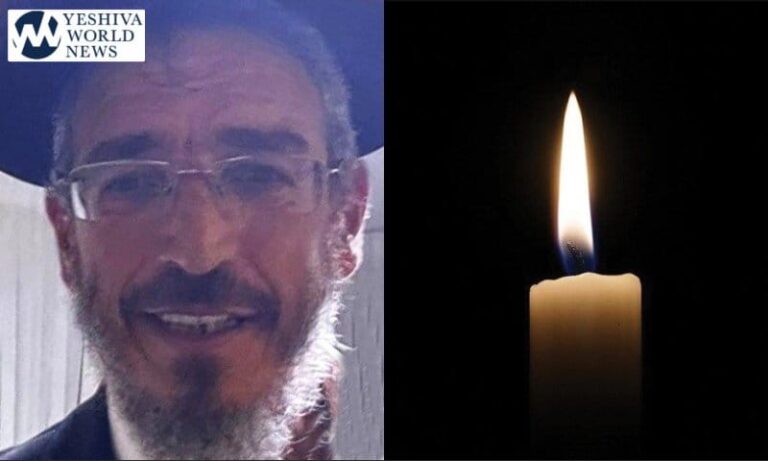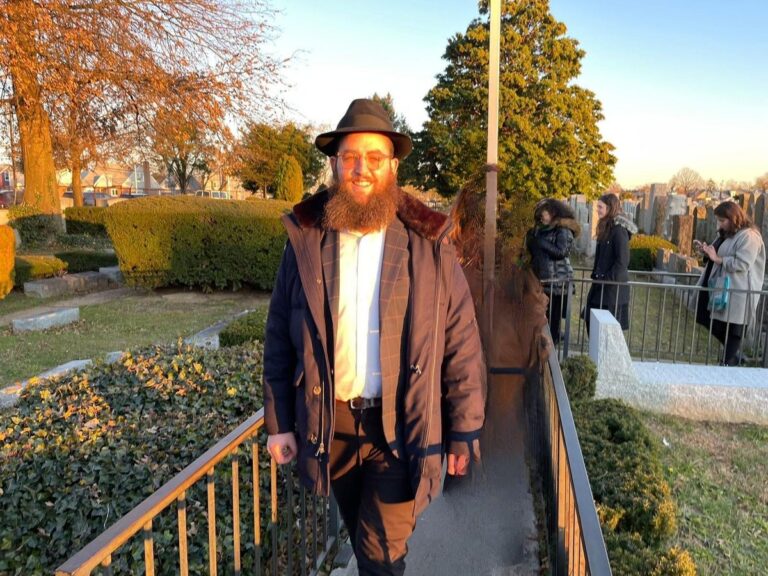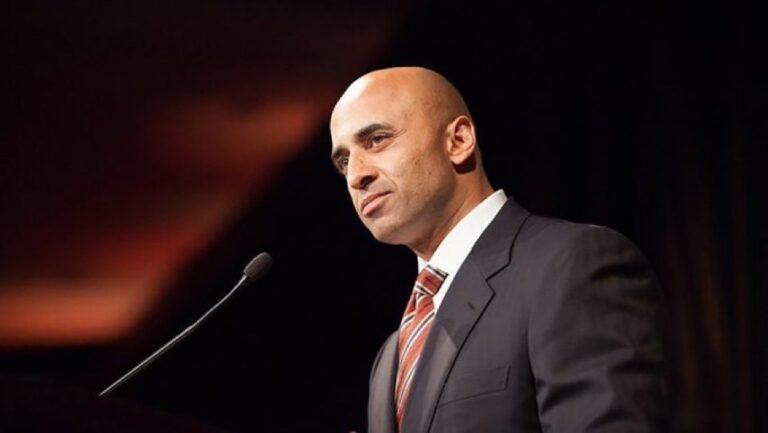Every year since 1988 (other than 2020 and 2021), Tzfat has hosted the International Klezmer Festival. Klezmer bands and performers from around the world come to Tzfat to play at open-air stages as people stroll the lanes and alleyways of the Old City as they experience the music and the atmosphere.
Four years ago, a new Mayor of Tzfat, Shuki Ohana, instituted a new Ladino Festival. Ohana wanted to create a forum in which Ladino musical traditions and folklore would be featured and the Ladino culture would be honored. The third annual Ladino Festival took place this July in Tzfat. It drew thousands of attendees who streamed into the town’s center where they participated in the revival of Ladino ethnicity. Sloto casino was there to check it out.
Ladino
Many people in the Jewish community are familiar with the Yiddish language. Yiddish evolved in Germany and Northern France, centers of Ashkanazi life in the Medieval era. Yiddish spread through Eastern Europe in the Middle Ages as Jews moved into Russia, Poland, Lithuania and other Eastern European countries. Yiddish was the core inspiration for Klezmer music which grew out of Yiddish culture.
During much of the same time, the language of Ladino evolved within the large Jewish community of Spain and Portugal. Ladino, which is also called Judeo-Spanish or Judesmo, is an archaic form of Castilian Spanish. Like Yiddish, Ladino is written with Hebrew letters. After the Spanish Expulsion of 1492 Jews who were fleeing from the Iberian Peninsula carried Ladino with them to their new homes, specifically in Turkey, Albania, Slavic countries, Greece, Bulgaria, Italy and France.
Unlike Yiddish, which is still the main spoken language of many Hassidic communities, Ladino is rarely used as a conversational language today. Aside from scholars and small groups of communities that once spoke Ladino, the language, culture and traditions of Ladino are no longer widely known or practiced.
Revival
In recent years however, there’s been a resurgence of interest in Ladino. Universities including Oxford, the University of Pennsylvania, Binghamton University, UCLA and the University of Washington (Seattle was a popular destination for Turkish and other Sephardic Jews in the early 20th century) now offer classes in the Ladino language.
There are a number of online courses for learning Ladino including the Kurso de Ladino which is offered by the Autoridad Nasionala del Ladino i su Kultura, Israel’s leading body for Ladino preservation. Ladino workbooks, resource libraries and literature are available as well as animated videos and songbooks.
The Ottoman-Turkish Sephardic Cultural Research Center puts out a monthly Ladino newspaper and the Salom Gazatesi Turkish Jewish newspaper has a Ladino section. For Internet users, the eSefarad news website provides news broadcasts in Spanish and Ladino and on the radio Ladino listeners can tune into Radio Lev HaMedina, Radio Nacional de Espana and a daily Ladino newscast on the Israel Broadcast Authority’s Kan Ladino.
Ladino social clubs are active in many cities and online users can participate in Ladino chat rooms and forums.
Tzfat
Tzfat, located in the North of Israel, has a strong connection to the world of Ladino. Tzfat is an ancient city where, Israeli archaeologists believe, Jews have lived continuously since the 2nd century B.C.E. During the Middle Ages the small Jewish community of a few dozen families was augmented by an influx of several thousand refugees who had fled the Inquisition and made their way to Eretz Yisrael.
Tzfat was an attractive place to settle for these refugees. For the great kabbalists of the era and their students, Tzfat’s location, close to the kever of Rabbi Shimon Bar Yochai, cemented their desire to live in the area. In Tzfat itself there were opportunities to make a living due to the mills that operated in the valley below the town and Tzfat’s important location along the Damascus-Acco trade route. Relations with the ruling Ottoman Turks were bearable and the town grew to, at its most populous, close to 15,000 people in the 1500s.
Current Tzfat mayor Shuki Ohana — a 15th generation Tzfat resident — is a descendent of these Jews. When he was elected in 2018 Ohana decided to expand Tzfat’s tradition of its yearly Klezmer Festival by adding a Ladino Festival where Ladino heritage would be honored.
Ladino Festival
The 2022 Festival, Tzfat’s third, was held during the first week of July 2022. Two stages were set up in the center of the city, one near the Saraya — a Turkish fortress from the Ottoman era – and one near the City Hall.
Performers including Shlomi Shabbat, David Broza, Yoram Gaon, Jasmine Levy, Tryphons, and Galit Giat shared stores and song while Lotem Vertman performed traditional Ladino dance.
During the festival, chefs set up pop-up cafes and restaurants around the city serving traditional Ladinos foods such as Portuguese Lacho, Gumu, Dolmas Palsals, Hamindos, Soprito, Paella and Captix de Farce.
Festival goers were invited to visit the Kahal tunnels that lead down to an excavated 16th century neighborhood, participate in walking tours and enter the historical Tzfat synagogues that were established by Jews who escaped from Spain and Portugal 500 years ago. Art workshops were opened to visitors and Tzfat’s famous art galleries kept their doors open for visitors to view Judaica and other Tzfat art.










